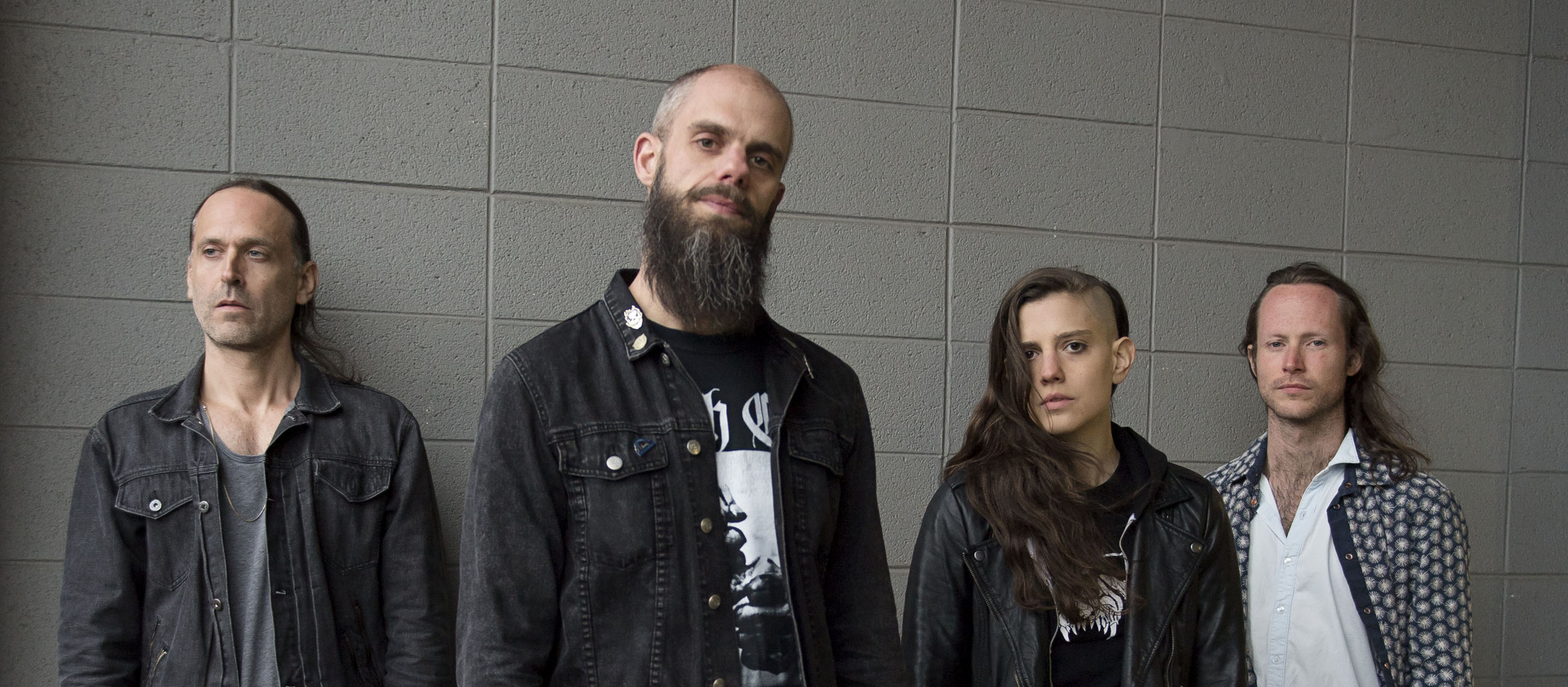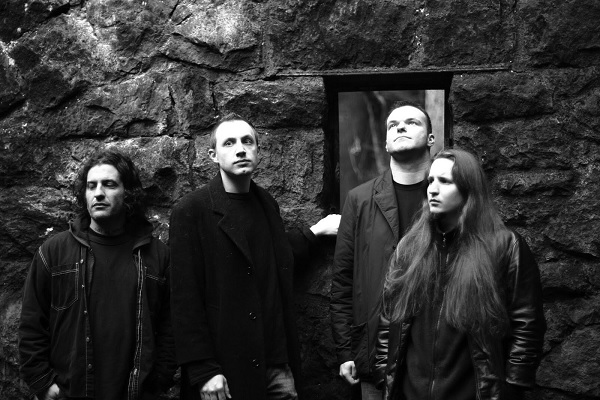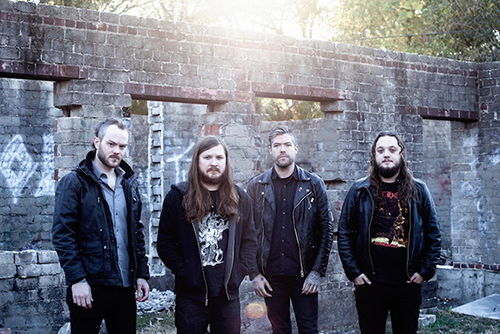About four years ago, in July, 2017, I went with a friend to see Ghost at the Warfield in San Francisco. I was really looking forward to the show, and had picked out a seat in the balcony where I could enjoy myself without getting jostled by moshers or wearing myself out by being on my feet for several hours.
As we got inside, I noticed small signs around the venue, warning people that the performance would feature strobe lights, and anyone with seizures triggered by flashing lights should be aware. I don’t have seizures, but I do have migraines, and they’re often triggered by bright, direct light, including strobe lights. Even though I did my best to shield my eyes from the strobes, about halfway through the show, I felt a migraine coming on. Pain burned through my head, neck and shoulders, and I started to feel nauseated. I took my meds (ibuprofen and maxalt) and retreated to the women’s lounge, where I could still hear the band but couldn’t see the stage lights anymore.
I’d spent $40 or $50 to see a band, and got half a show and a migraine instead. If I’d known about the strobes ahead of time, I might have skipped the gig and saved my money. Now imagine I’d had a seizure instead.
An acquaintance of mine works in lighting, mostly for tech conferences but occasionally for theater and concert performances. After the Ghost show, I had a number of questions that he answered for me. I came away more informed, and more frustrated, than I’d been before. Here’s why:
Venues don’t know ahead of time which bands are going to use lighting that might cause problems for audiences with seizures and/or migraines.
Because they don’t know ahead of time, they can’t warn people at the time of ticket sales.
That means a certain number of concertgoers either have to bail after they get to the venue, hide out somewhere where they can’t see the lighting, or tough it out and hope their condition won’t be triggered. I don’t know if you can get a refund for these kinds of situations (and that’s assuming people didn’t travel a long way to see the show, rent a hotel room, etc.).
There are no regulations barring bands from using lighting that can induce seizures and/or migraines.
This is an accessibility issue. In any given audience at the Warfield (capacity: 2,300), there’s likely to be an average of two people with light-sensitive epilepsy, and another 200 or so will have migraines caused by photosensitivity. Bands either need to warn their venues (and audiences) ahead of time that their light shows could trigger seizures or migraines, or stop using lighting that provokes these conditions.
Have you ever had a seizure or migraine triggered by the lighting at a show? What did you do about it?










